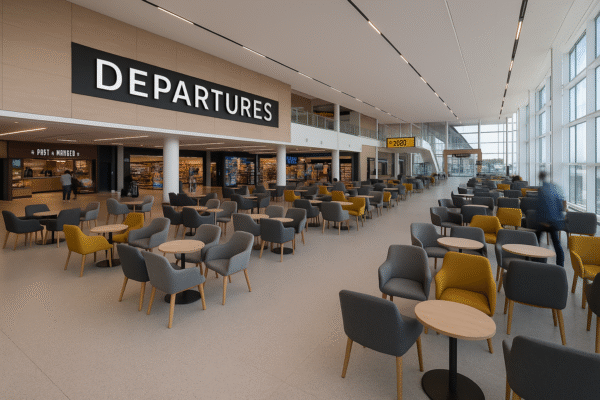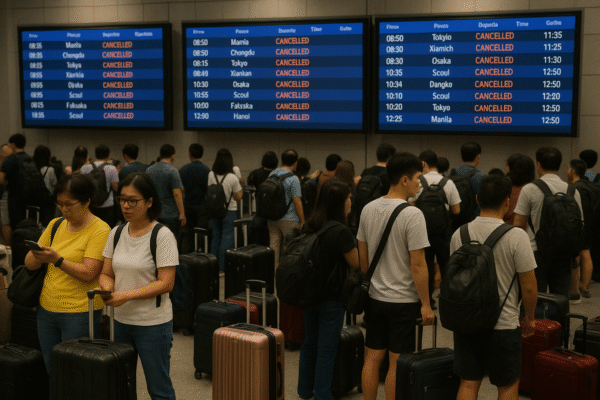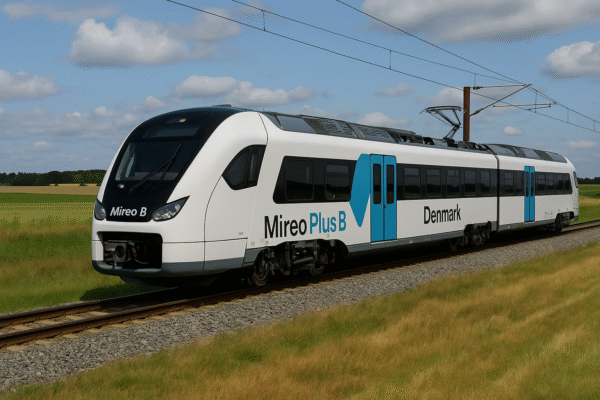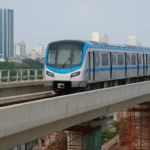Denmark has officially taken a transformative step toward carbon-neutral public transportation by rolling out its first battery-electric trains. The Mireo Plus B, developed by Siemens Mobility, now operates on the Lemvig–Thyborøn route, establishing Denmark as a global leader in sustainable rail transport.
This pioneering development supports Denmark’s broader climate strategy, which aims to reduce national carbon emissions by 70% by 2030 and achieve climate neutrality by 2050. The battery-electric trains represent a new era for regional connectivity, offering a clean, efficient alternative to diesel locomotives still used across non-electrified tracks.
Mireo Plus B Trains: Driving the Shift to Clean Mobility
Manufactured by Siemens Mobility, the Mireo Plus B is a two-car battery-electric multiple unit (BEMU) designed for flexible deployment on routes without continuous electrification. Each train can carry up to 127 passengers, including 82 seated, and boasts a top speed of 140 km/h. With a battery range of 120 kilometers, these trains can operate seamlessly across Denmark’s partially electrified network.
Their first deployment on the northwest coast, connecting the small towns of Lemvig and Thyborøn, marks the beginning of a phased transition from outdated diesel stock to cleaner alternatives. Denmark’s Transport Minister Thomas Danielsen praised the move, stating, “This is not just an investment in greener trains—it’s a statement of intent for Denmark’s climate leadership in transportation.”
Smart Infrastructure to Support a Green Network
The battery-electric initiative is supported by significant infrastructure upgrades. Five rapid charging stations have been installed at key depots and terminal stations along the Lemvig–Thyborøn line. These high-tech charging points can replenish 15% to 20% of a train’s battery in under two hours, ensuring smooth turnaround times and reliable scheduling.
Moreover, the rail track system itself has been reinforced to accommodate the heavier load of battery-electric trains. Axle load capacity was increased from 17.4 to 22.5 tons, enhancing safety and enabling the deployment of modern rolling stock across more lines.
These innovations ensure operational efficiency while preparing Denmark’s broader regional rail system for future BEMU expansions.
Environmental Benefits: A Leap Toward Decarbonization
The shift to battery-electric trains is central to Denmark’s climate action roadmap. The Mireo Plus B replaces aging diesel-powered trains dating back to the 1980s—such as the Duewag and Scandia fleets—known for high emissions and energy inefficiency.
By phasing out these units, Denmark significantly reduces its transportation sector’s carbon footprint. According to the Danish Ministry of Transport, replacing a single diesel unit with a BEMU can cut annual CO₂ emissions by over 1,000 metric tons, equivalent to taking 200 cars off the road.
“This launch aligns with our long-term ambition of making all domestic rail transport emission-free,” said Flemming Jensen, CEO of DSB (Danish State Railways).
Economic Efficiency and Passenger Comfort
Beyond environmental benefits, battery-electric trains offer long-term financial savings. Lower fuel and maintenance costs, combined with rising diesel prices, make BEMUs a fiscally sustainable choice. These trains are not only cleaner but also quieter and more comfortable for passengers, enhancing the appeal of regional travel.
Early passenger feedback from the Lemvig–Thyborøn line has been overwhelmingly positive, citing smoother rides, less vibration, and quieter compartments.
Siemens Mobility: Exporting Green Innovation
Denmark’s Mireo Plus B rollout is also notable for being Siemens Mobility’s first international deployment of its battery-electric model. With growing interest from other European nations—such as Germany, Austria, and Sweden—this Danish success story could catalyze wider adoption across the continent.
The modular Mireo Plus B platform is ideal for countries with extensive non-electrified networks. Unlike full electrification projects, which require massive capital investment and long construction periods, battery-electric trains can deliver immediate emissions reductions with minimal infrastructure disruption.
Looking Ahead: Fleet Expansion and Broader Reach
Denmark is not stopping at a single route. In 2022, the Danish government ordered six additional Mireo Plus B trains, with deliveries expected by autumn 2025. These units will extend service to more rural areas where electrified tracks are not feasible, thereby increasing access to sustainable transportation across the country.
As part of the broader Future Rail strategy led by Banedanmark (the Danish railway infrastructure manager), further lines are being evaluated for battery-electric integration. The long-term vision includes a nationwide fleet of zero-emission regional trains by 2035.
A Model for European Sustainable Tourism and Mobility
Denmark’s battery-electric train deployment also enhances its image as a sustainable travel destination. With scenic coastal routes, eco-tourism lodges, and green-certified cities, Denmark is increasingly drawing environmentally conscious travelers. The quiet, emissions-free trains now add a new layer to the country’s green tourism appeal.
The model offers an exemplary blueprint for fellow EU members seeking to decarbonize transport without waiting for nationwide electrification. Combined with European Green Deal objectives and EU sustainable mobility funding, countries across the bloc may follow Denmark’s lead.
Conclusion: Denmark Sets the Track for a Greener Europe
Denmark’s deployment of battery-electric Mireo Plus B trains is a landmark achievement in the global shift toward sustainable transport. This initiative not only improves mobility across regional routes but also aligns with the country’s bold climate goals. With further expansions planned, Denmark is well-positioned to inspire a new era of eco-friendly rail travel across Europe and beyond.
As nations race to meet their climate targets, Denmark’s battery-electric rail solution shows that green innovation and practical implementation can indeed go hand-in-hand.
For more travel news like this, keep reading Global Travel Wire



















